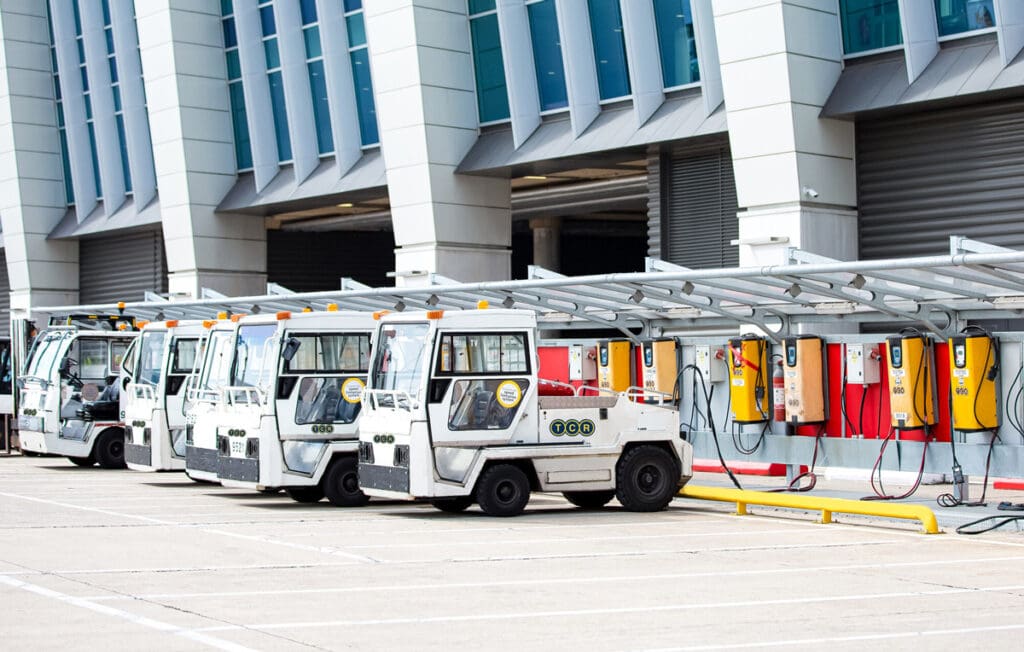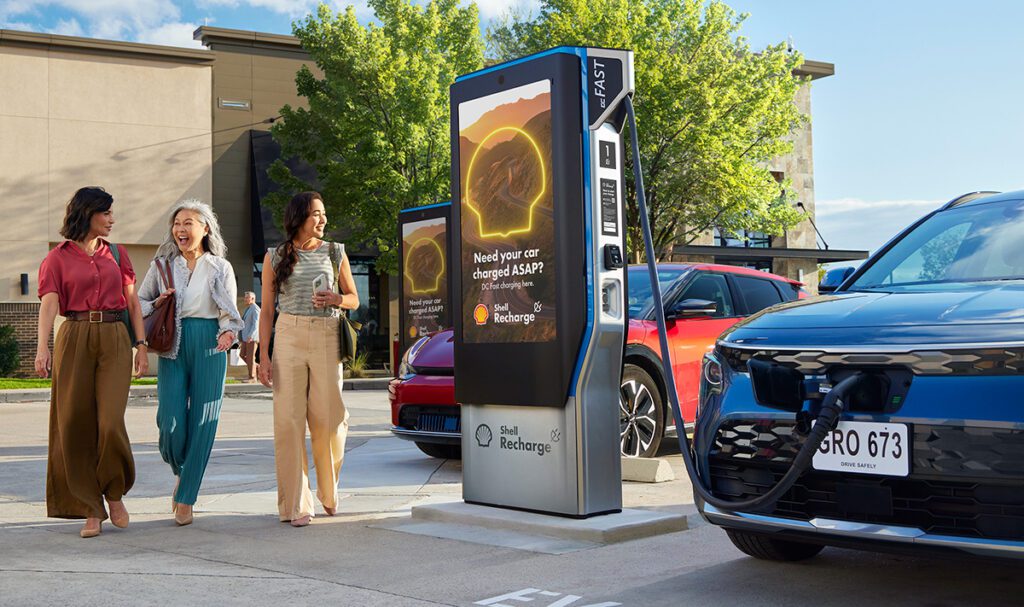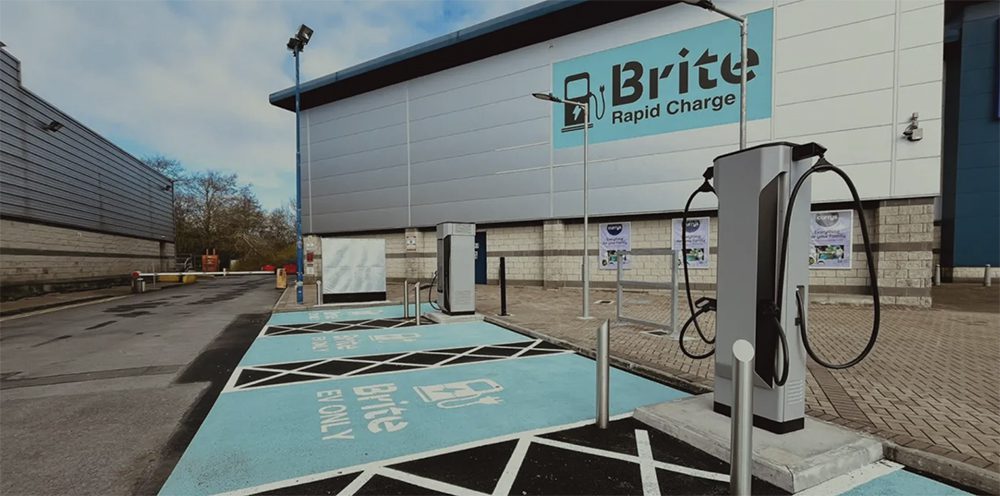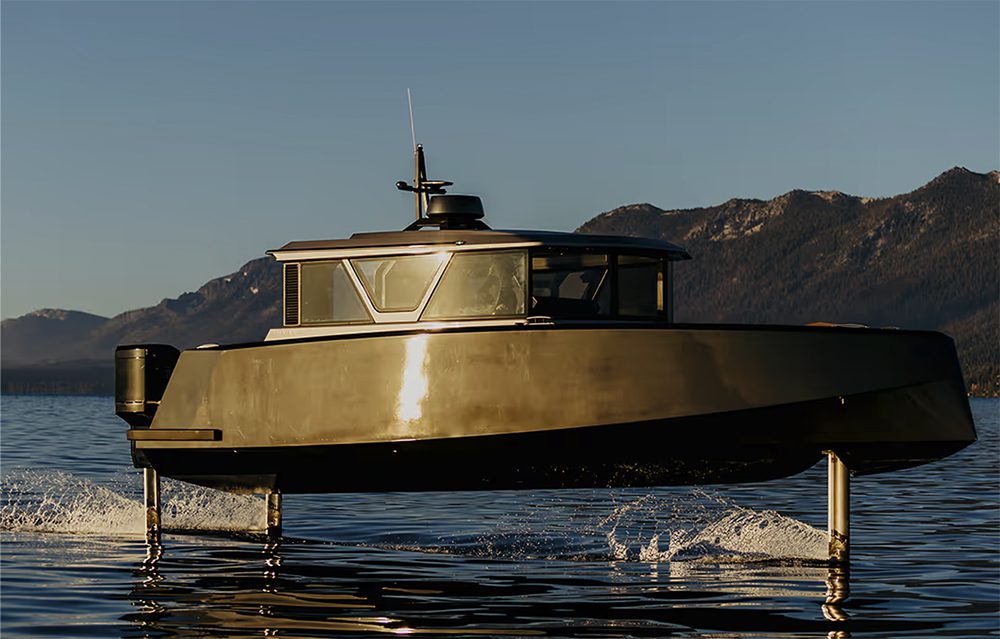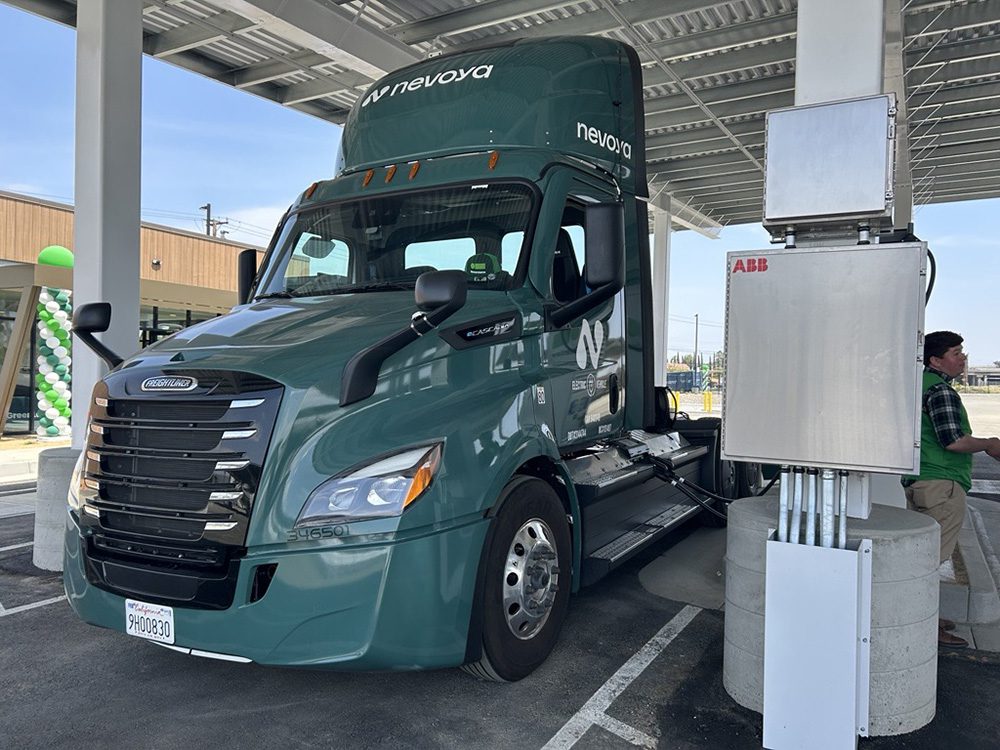We read a lot about the performance and environmental advantages of EVs, but there’s another benefit of electrification that’s less often discussed: increasing grid resilience and “energy democracy.” The advantages of a more distributed electrical grid are especially relevant in light of the massive power outages caused by the recent hurricanes.
A new report from the Institute for Local Self-Reliance explains that EVs offer a natural use for solar energy and a source of resilient power when the grid goes down. “Ultimately, electric vehicles are another tool to miniaturize the electricity system, providing unprecedented local control.”
EVs represent a large new source of electricity demand, but also an unprecedented opportunity to make the grid more efficient. “Timed charging of electric vehicles means afternoon surges in electricity demand can be smoothed out by steadily increasing demand. Also, electric cars can soak up excess energy supply by charging overnight to absorb surplus wind energy.”
“EVs can support the basic balancing act of the grid by adjusting their charging levels second-to-second in order to maintain a steady voltage and frequency (ancillary services). Taking advantage of this power will require new market rules.”
EVs can be a major incentive to expand local energy production such as rooftop solar, and can provide resilient power to communities in case of severe weather or natural disasters – according to ILSR, today’s EVs have enough battery power to run an average American home for 24 hours.
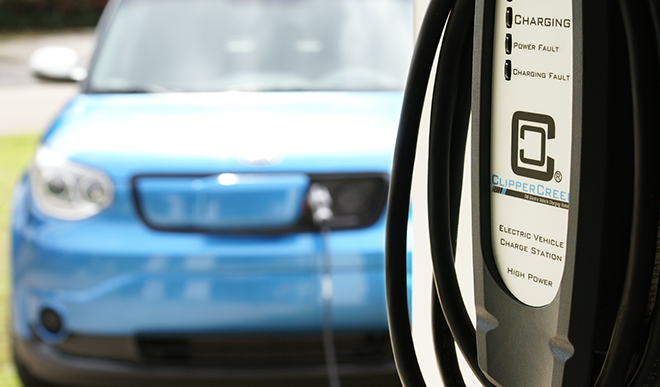
However, the power of electric cars won’t flow automatically, but will require the proper rules to expand charging infrastructure and incentivize grid-friendly behavior. Policymakers need to start planning now for the coming transition. “Electric utilities typically produce 15-year or longer ‘resource plans’ to map out additions of new power plants and power lines that will last for decades. But electric vehicles may have an impact much sooner than the 40-year lifetime of these traditional resources, or even the 15-year timeframe of resource plans.”
ILSR offers a number of recommendations for policymakers and planners. Utilities should finance private chargers and invest in public charging networks, as well as offering time-of-use rate plans. Cities should offer Property Assessed Clean Energy (PACE) financing for charging hardware, and also lead by example by electrifying fleet vehicles. Utilities, charger manufacturers and automakers should harmonize technology to allow vehicle charging to work smoothly with the growing supply of renewable energy.
Source: Institute for Local Self-Reliance



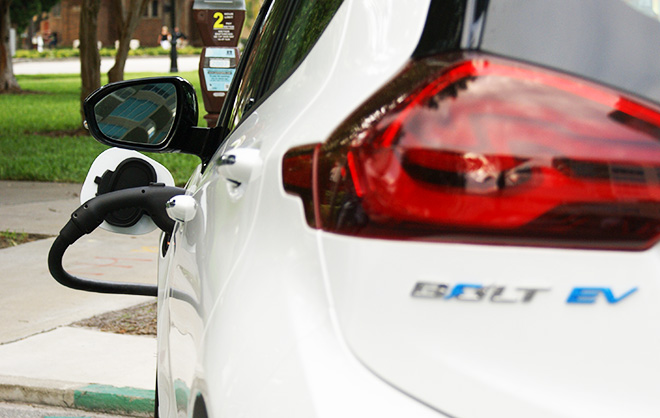








































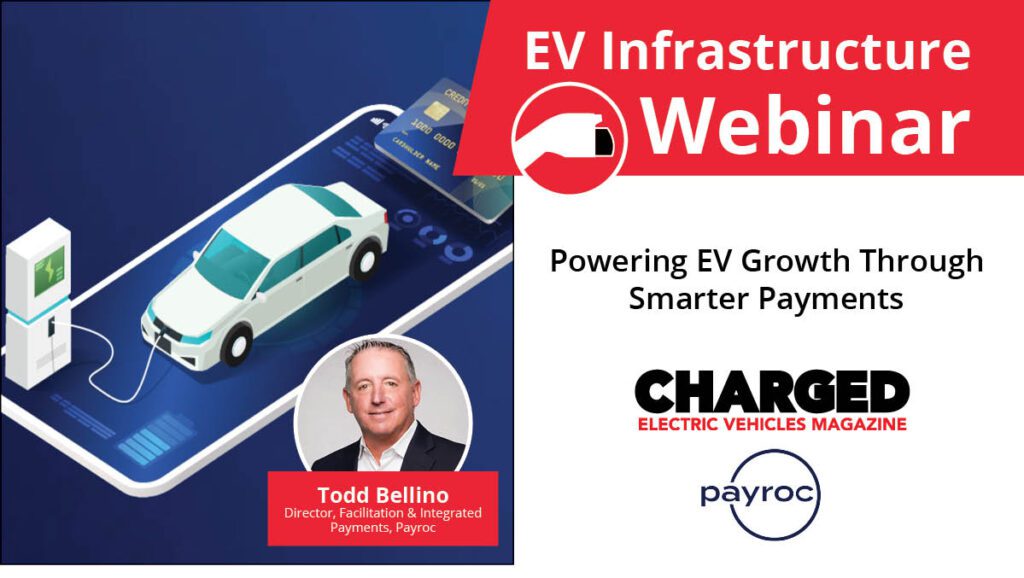














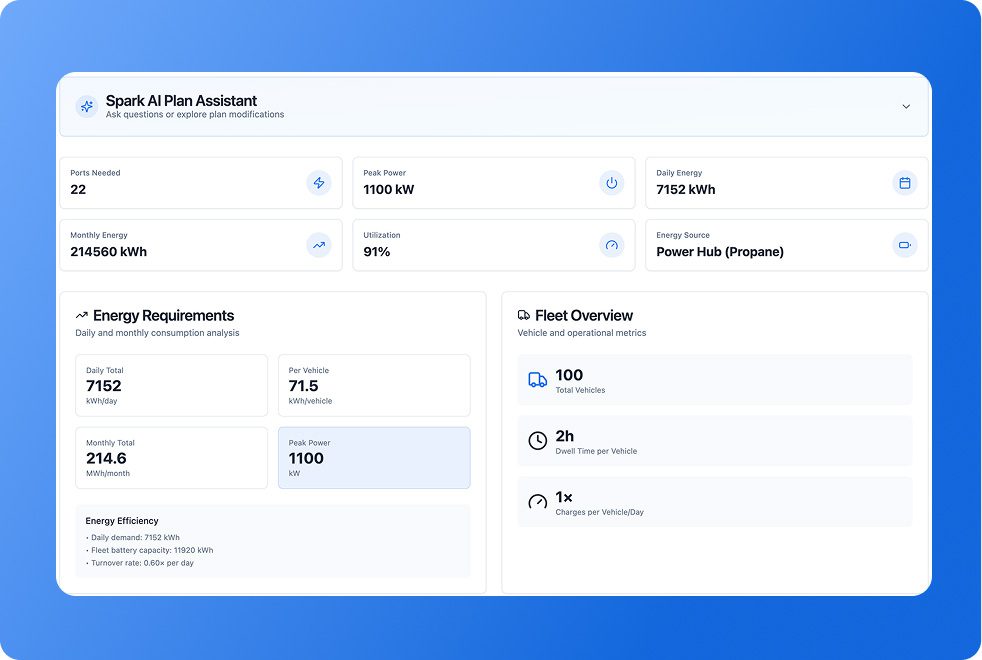
![New York City may replace Central Park’s horse-drawn cabs with electric carriages [Updated]](https://chargedevs.com/wp-content/uploads/2025/09/AdobeStock_273233016.jpg)






































